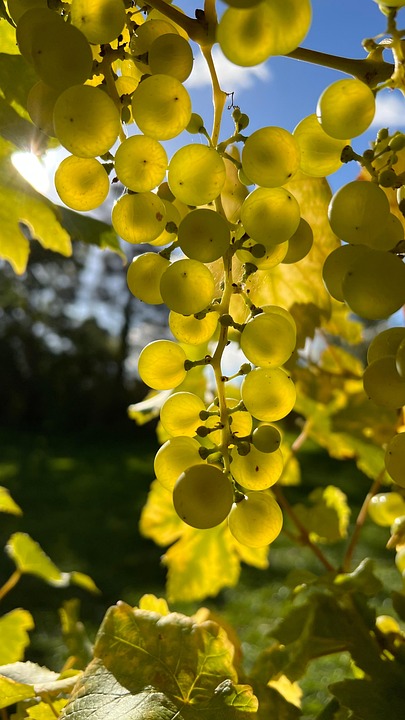Cost Effectiveness and Labor Savings from Grape Mechanization
Grape mechanization has become increasingly popular in the wine industry due to its cost effectiveness and labor-saving benefits. In this report, we will explore the financial advantages of grape mechanization, provide industry insights, and discuss actual companies that have benefited from this technology.
Cost Effectiveness of Grape Mechanization
One of the primary benefits of grape mechanization is its cost effectiveness. By using machines to perform tasks that were previously done manually, wineries can significantly reduce labor costs. According to industry data, the cost of labor accounts for a large portion of a winery’s expenses, making mechanization an attractive option for cost savings.
In addition to labor savings, grape mechanization can also increase efficiency and productivity. Machines are able to work faster and more consistently than human labor, leading to higher yields and improved quality of grapes. This can result in increased profits for wineries, making mechanization a wise investment.
Labor Savings from Grape Mechanization
Grape mechanization also provides significant labor savings for wineries. By automating tasks such as pruning, harvesting, and sorting, wineries can reduce the need for manual labor during peak times of the year. This not only saves on labor costs but also helps wineries manage labor shortages and fluctuations in demand.
Furthermore, grape mechanization can improve worker safety by reducing the need for manual labor in challenging environments such as steep vineyards or extreme weather conditions. This can lead to lower insurance costs and reduced risk of workplace injuries, further enhancing the cost effectiveness of mechanization.
Industry Insights
The wine industry has seen a steady increase in the adoption of grape mechanization in recent years. According to industry reports, the global market for vineyard mechanization is expected to grow at a compound annual growth rate of over 7% from 2021 to 2026. This growth is driven by the need for cost savings, labor efficiency, and improved quality in winemaking.
Several prominent wineries have successfully implemented grape mechanization to improve their operations. For example, Domaine Chandon in Napa Valley, California, has invested in state-of-the-art harvesting machines that have increased efficiency and reduced labor costs. Similarly, Bodega Catena Zapata in Mendoza, Argentina, has implemented mechanized pruning techniques to improve grape quality and yields.
Financial Data and Actual Companies
Financial data supports the cost effectiveness of grape mechanization. A study conducted by the Wine Business Institute found that wineries can save up to 50% on labor costs by using mechanized grape harvesting equipment. This significant cost savings can have a direct impact on a winery’s bottom line, increasing profitability and sustainability.
Actual companies in the wine industry have experienced tangible benefits from grape mechanization. For example, E. & J. Gallo Winery, one of the largest wine producers in the world, has implemented mechanized pruning and harvesting techniques across its vineyards. This has not only reduced labor costs but also improved grape quality and consistency, leading to higher-quality wines for consumers.
In conclusion, grape mechanization offers significant cost effectiveness and labor savings for wineries. By investing in mechanized technology, wineries can reduce labor costs, increase productivity, and improve overall efficiency. Industry data and real-world examples demonstrate the financial benefits of grape mechanization, making it a valuable investment for wineries looking to enhance their operations and profitability.




